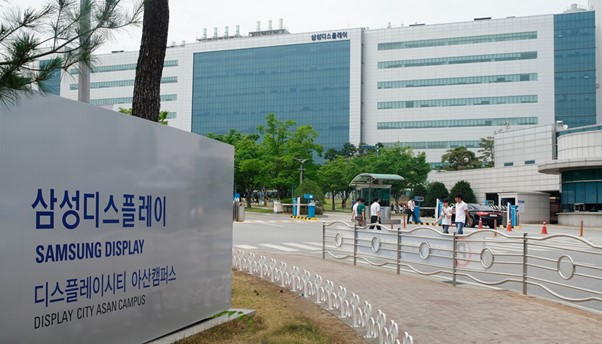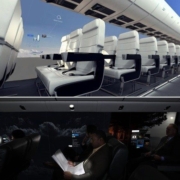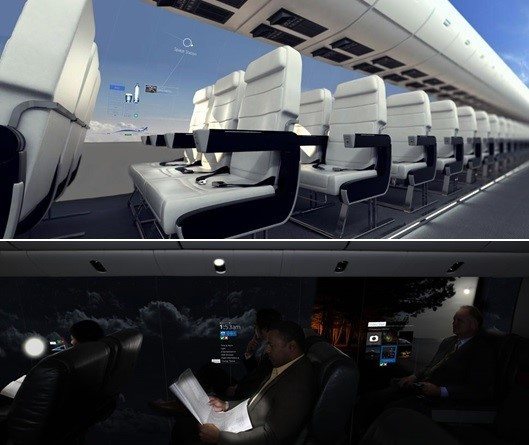Samsung Display Signs MOU with Ferrari, Enters ‘Samsung OLED’ in Supercars

Samsung Display will supply state-of-the-art OLEDs to the supercar Ferrari. Samsung Display announced that it signed a memorandum of understanding (MOU) with Ferrari at the Asan Campus on the 11th to develop display solutions to be installed in Ferrari’s next-generation car models. The signing ceremony was attended by Choi Joo-seon, president of Samsung Display, and Benedetto Vigna, CEO of Ferrari.
According to this MOU, Samsung Display will develop a luxurious and innovative automotive display solution suitable for a luxury supercar brand based on the world’s best OLED technology and support Ferrari’s digital transformation, which is currently speeding up.
Samsung Display, which has led the technology transition in the premium smartphone market from LCD to OLED over the past decade, is actively targeting the automotive display market based on its unrivaled OLED technology accumulated over a long period of time.
In particular, the ‘New Digital Cockpit’ was introduced for the first time at the last ‘CES 2023’. The 34-inch display mounted on the ‘New Digital Cockpit’ is equipped with bendable technology that bends left and right at 700R, and provides the driver with an optimal viewing distance to enhance concentration.
Samsung Display said, “Samsung OLED is a technology that can satisfy the needs of automobile manufacturers who want innovative and luxurious designs because it has excellent design scalability with a light and slim structure and thin bezel, and can express perfect black and deep contrast.” and “Especially, OLED’s low-power characteristics will increase the efficiency of automobiles and act as a more attractive factor.”
Regarding the agreement, Ferrari CEO Benedetto Viña said, “Ferrari is a luxury company that provides a special experience, not just a means of transportation.” and “We expect to maximize the value and completeness of Ferrari’s next-generation products through strategic cooperation with Samsung Display, which makes the best OLED,” he said.
Choi Ju-seon, president of Samsung Display, said, “Based on OLED technology that has been intensively developed over a long period of time, we will introduce a cutting-edge display solution suitable for ‘Ferrari’.” And “We plan to strengthen our OLED business for automobiles in cooperation with leading global automobile companies, including Ferrari, in the future,” he said.




